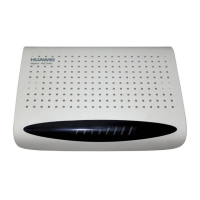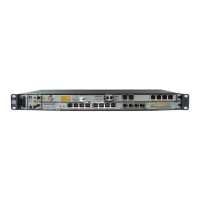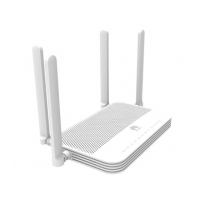Figure 6-8 Parallel system networking (dashed boxes indicating optional
components)
(C) AC parallel box (D) PDB (E) Load
(G) Power grid (I) AC PDC (J) Router
(K) 4G wireless backhaul
module
(L) FusionSolar Smart PV
Management System
(M) FusionSolar app
(Q) AC switch
6.3 PV+Mains+ESS
Working Logic
1. Maximize PV Consumption:
a. When the mains is available:
When the ESSs are powered on for the rst time and the lithium battery SOC is
greater than the value of Backup Power SOC(%), the PV system and ESSs
supply power to loads, and the ESSs discharge to the value of Backup Power
SOC(%).
i. The mains supplies power to loads. The PV system charges the ESSs
(the ESSs do not supply power to the loads in this case). After the
ESSs are fully charged, the mode switches to ii.
ii. The PV system and the ESSs supply power to the loads. When the
ESSs discharge to the value of Backup Power SOC(%), the mode
switches to i.
b. When the mains is unavailable:
i. When the lithium battery SOC is greater than the value of End-of-
Discharge SOC for Lithium Batteries(%), the PV system and ESSs
supply power to loads (when the PV power is greater than the load
power, the PV system supplies power to the loads and charges the
ESSs). When the ESSs discharge to the value of End-of-Discharge
iSitePower-M (MAP05A1, MAB05B1)
User Manual 6 Application Scenarios
Issue 06 (2023-04-24) Copyright © Huawei Digital Power Technologies Co., Ltd. 53

